The sector reported a wobble in order levels blaming economic uncertainty and a wait-and-see approach among clients.
The bellwether IHS Markit/CIPS UK Construction Total Activity Index registered 54.6 in August, down from 58.1 in July.
Tim Moore, Economics Director at IHS Markit, which compiles the survey said: “The latest PMI data signalled a setback for the UK construction sector as the speed of recovery lost momentum for the first time since the reopening phase began in May.”
House building remained the best-performing area of construction activity, with strong growth helping to offset some of the weakness seen in commercial work and civil engineering activity.
The main reason for the slowdown in total construction output growth was a reduced degree of catch-up on delayed projects and subsequent shortages of new work to replace completed contracts in August.
Moore said: “Another month of widespread job shedding highlighted the ongoing difficulties faced by UK construction companies, with order books often depleted due to a slump in demand from sectors of the economy that have experienced the greatest impact from the pandemic.
“More positively for the employment outlook, business expectations climbed to a six-month high in August as construction firms turned their hopes towards a boost from major infrastructure work and reorienting their sales focus on new areas of growth in the coming 12 months.”
Duncan Brock, group director at the Chartered Institute of Procurement & Supply, said: “The momentum in the sector’s recovery hit a bump in the road in August with a sudden slowdown in output growth and tender opportunities, while employment trends remained the most fragile in a decade.
“This stalled progress was not a surprise given the warning signs last month that any hard-won progress could start to fizzle out.
“As new order gains slowed across all sectors, continuing COVID-19 anxiety amongst clients meant many projects still remained on ice.
“Though residential building remained the strongest, it too was showing signs of strain.
“In addition, there were ongoing difficulties in supply chains which hampered the sourcing of raw materials.
“Delivery times lengthened in August as a result of stock shortages at suppliers and cost increases were the highest since April 2019.
“Even with all these obstacles, builders were at their most optimistic since the beginning of the year. This glass half full attitude will have to carry companies into the autumn as the UK economy remains delicate and susceptible to more turbulence.”





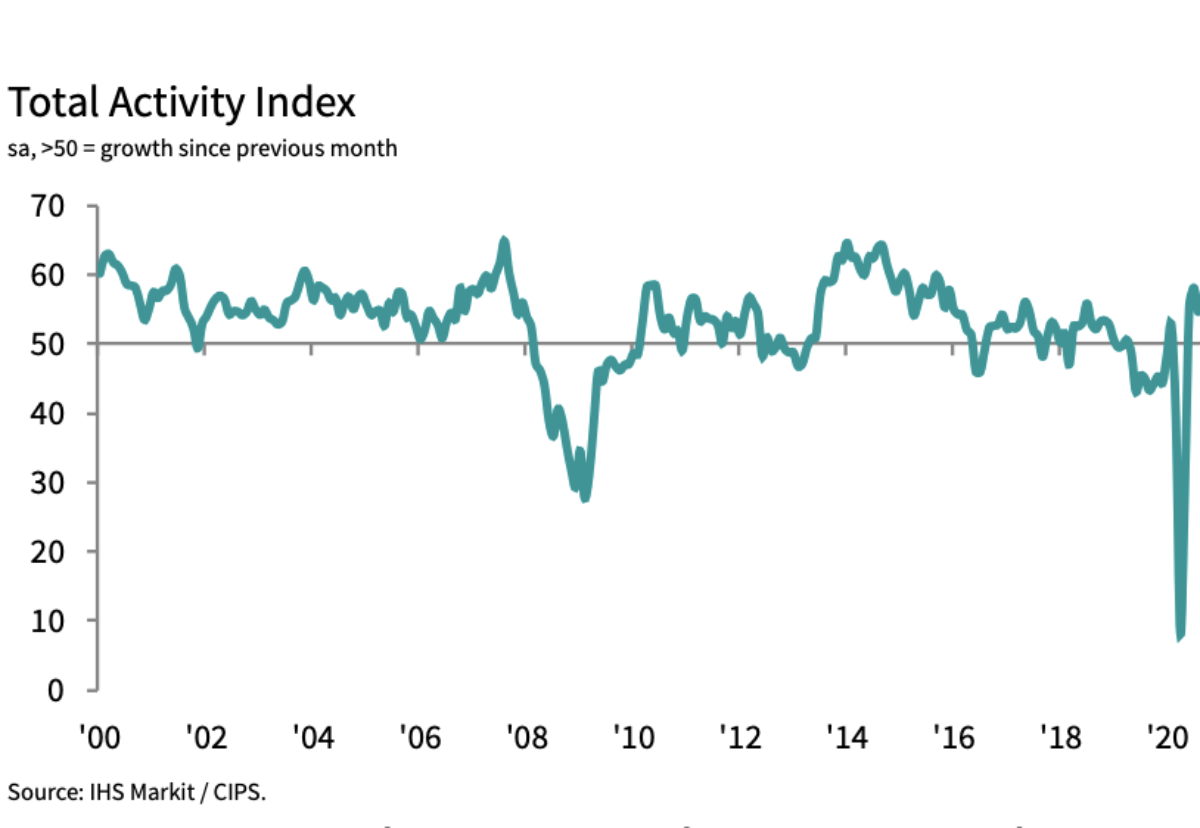











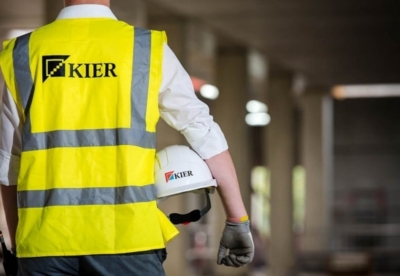





















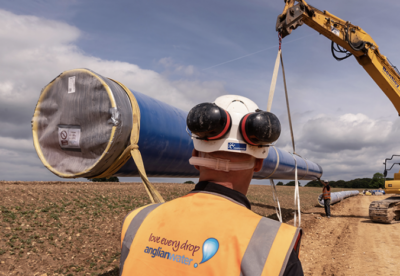



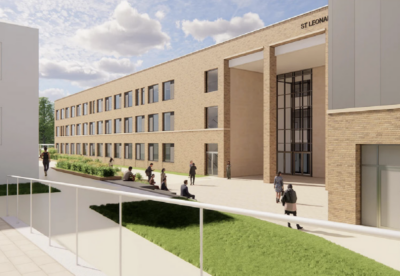





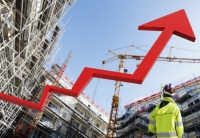
.gif)








